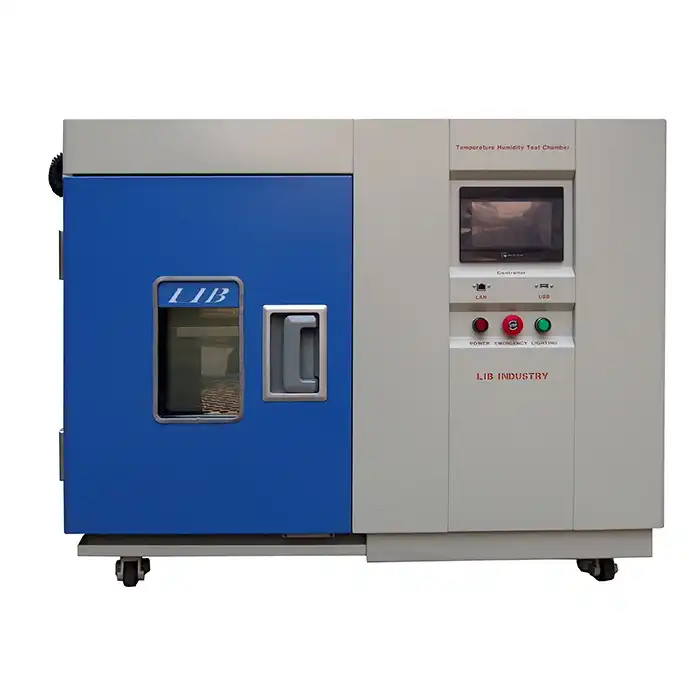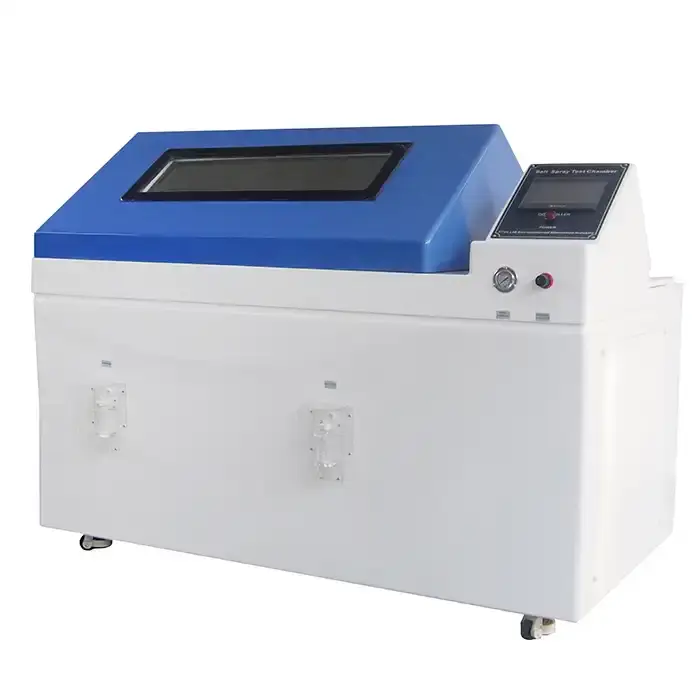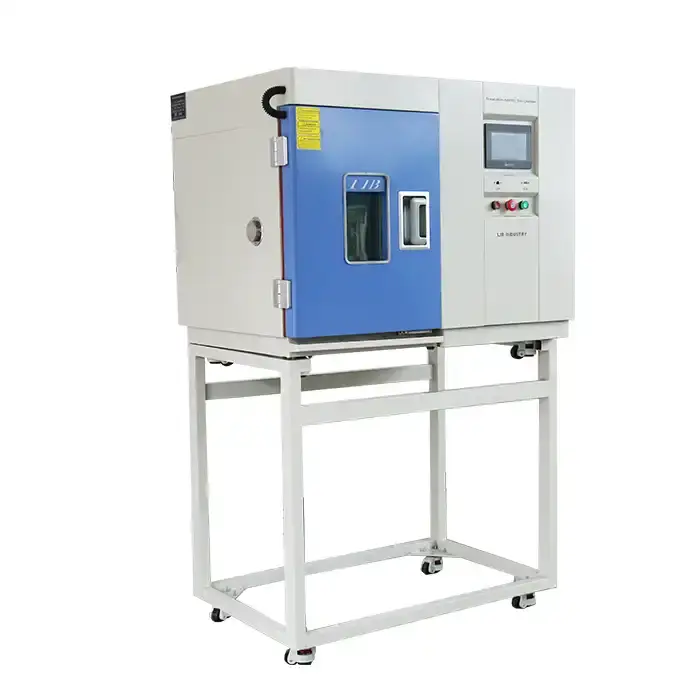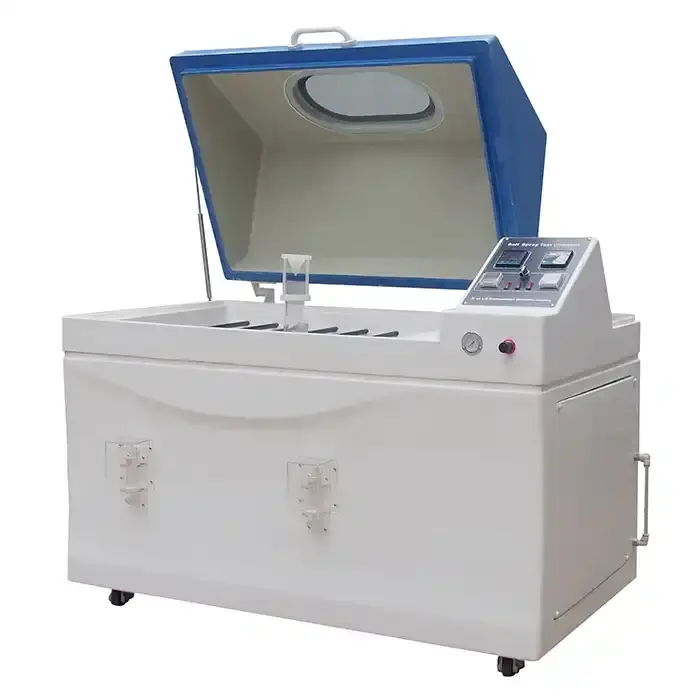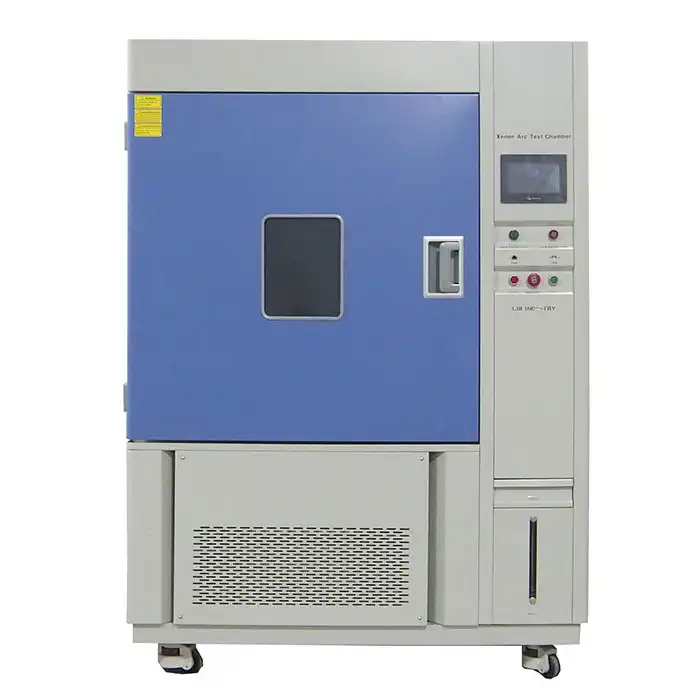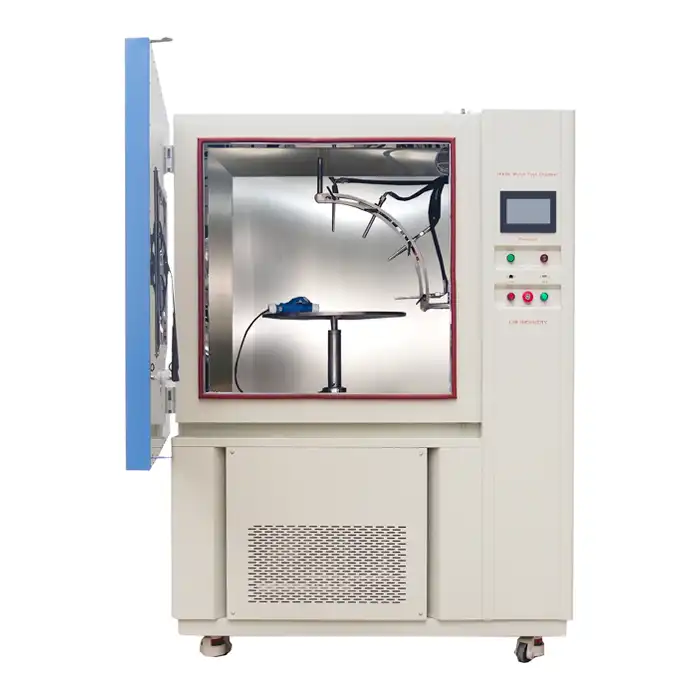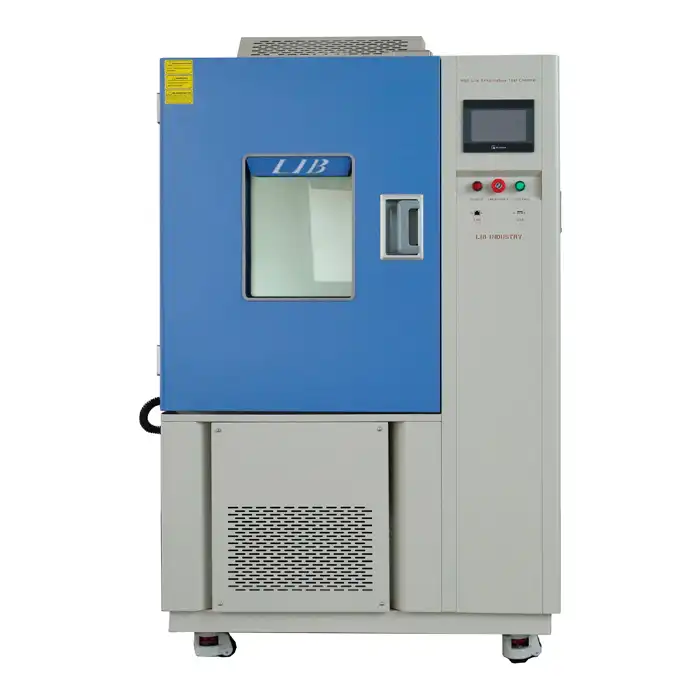What is a temperature cycling chamber?
In the world of environmental testing, temperature cycling chambers play a crucial role in ensuring product reliability and durability. These sophisticated devices simulate real-world temperature fluctuations, allowing manufacturers to assess how their products perform under varying thermal conditions. Let's delve into the intricacies of temperature cycling chambers and explore their significance in modern industrial applications.
♦Understanding Temperature Cycling Chambers
Definition and Basic Principles
A temperature cycling chamber, also known as a thermal cycling chamber, is a specialized piece of equipment designed to subject materials or products to controlled temperature variations. These chambers create rapid and repeatable temperature changes, mimicking the thermal stress that products may encounter during their lifecycle. By exposing items to these controlled fluctuations, manufacturers can identify potential weaknesses, assess durability, and improve overall product quality.
Key Components of Temperature Cycling Chambers
Temperature cycling chambers comprise several essential components that work in harmony to achieve precise temperature control. These include a robust insulated enclosure, a powerful heating and cooling system, temperature sensors, and a sophisticated control unit. The heating element typically uses electric resistance heaters, while the cooling system may employ compressors, liquid nitrogen, or other refrigerants. Advanced chambers also feature programmable controllers that allow users to set specific temperature profiles and cycling parameters.
Types of Temperature Cycling Chambers
There are various types of temperature cycling chambers available, each designed to meet specific testing requirements. Some common variants include benchtop chambers for smaller items, walk-in chambers for large products or batches, and ultra-low temperature chambers for extreme cold testing. Additionally, some chambers combine temperature cycling with other environmental factors such as humidity or vibration, offering comprehensive testing capabilities.
♦Applications and Industries
Electronics and Semiconductor Testing
The electronics industry heavily relies on temperature cycling chambers to evaluate the reliability of components and devices. These chambers help identify potential issues such as thermal fatigue, solder joint failures, and component malfunctions that may occur due to temperature fluctuations. From microchips to circuit boards, temperature cycling tests ensure that electronic products can withstand the thermal stresses they'll encounter during operation.
Automotive and Aerospace Applications
In the automotive and aerospace sectors, temperature cycling chambers are indispensable for testing vehicle components and aircraft parts. These industries subject their products to extreme temperature variations, from scorching desert heat to frigid arctic conditions. By simulating these environments in a controlled setting, manufacturers can verify the performance and safety of critical components, ensuring they meet stringent industry standards.
Materials Research and Development
Temperature cycling chambers play a vital role in materials science and research. Scientists and engineers use these chambers to study the behavior of materials under thermal stress, investigate phase transitions, and develop new materials with enhanced thermal properties. This research is crucial for advancing technologies in fields such as renewable energy, construction, and consumer electronics.
♦Benefits and Considerations
Advantages of Using Temperature Cycling Chambers
The utilization of temperature cycling chambers offers numerous benefits to manufacturers and researchers. These devices provide a controlled environment for accelerated life testing, allowing companies to simulate years of thermal stress in a matter of days or weeks. This accelerated testing helps identify potential product failures early in the development process, saving time and resources. Moreover, temperature cycling chambers enable precise and repeatable testing conditions, ensuring consistent and reliable results across multiple test runs.
Factors to Consider When Choosing a Temperature Cycling Chamber
Selecting the right temperature cycling chamber requires careful consideration of several factors. The chamber's temperature range and rate of change are crucial parameters that should align with the specific testing requirements. Chamber size and capacity should accommodate the products or materials being tested. Additionally, factors such as programmability, data logging capabilities, and safety features should be evaluated. It's also important to consider the chamber's energy efficiency and long-term maintenance requirements to ensure cost-effective operation.
Maintenance and Best Practices
To ensure optimal performance and longevity of temperature cycling chambers, proper maintenance is essential. Regular calibration of temperature sensors, inspection of seals and insulation, and cleaning of heating and cooling components are vital maintenance tasks. Users should also follow best practices such as allowing sufficient time for temperature stabilization between cycles, avoiding overloading the chamber, and maintaining proper documentation of test procedures and results. Adhering to these practices helps maintain the accuracy and reliability of test results while extending the chamber's operational life.
♦Conclusion
Temperature cycling chambers play a critical role in environmental testing, providing essential data on product performance and durability under varying thermal conditions. By repeatedly exposing materials and components to extreme temperature fluctuations, manufacturers can identify potential weaknesses and enhance product design to withstand real-world stresses. This testing is especially important in industries such as automotive, aerospace, and electronics, where reliability is paramount. As technology evolves and the demands for product longevity and safety increase, the importance of temperature cycling chambers in validating and improving product quality will continue to rise.
♦Contact Us
LIB Industry specializes in providing turn-key solutions for environmental testing, including state-of-the-art temperature cycling chambers. Our comprehensive approach encompasses research, design, production, commissioning, delivery, installation, and training. We offer a wide range of products and services tailored to meet our customers' specific requirements. For more information about our temperature cycling chambers and other environmental testing solutions, please contact us at info@libtestchamber.com.
References
1. Smith, J. (2022). "Fundamentals of Environmental Testing Chambers." Journal of Materials Testing, 45(3), 210-225.
2. Johnson, A., & Brown, L. (2021). "Thermal Cycling in the Electronics Industry: Best Practices and Case Studies." IEEE Transactions on Reliability, 70(2), 567-582.
3. Wang, Y., et al. (2023). "Advanced Temperature Cycling Techniques for Aerospace Materials." Aerospace Science and Technology, 132, 107352.
4. Miller, R. (2020). "Design Considerations for Modern Temperature Cycling Chambers." Industrial Testing Equipment Review, 18(4), 78-92.
5. Thompson, E., & Davis, K. (2022). "The Impact of Thermal Cycling on Semiconductor Reliability." Microelectronics Reliability, 128, 114357.
6. Lee, S., et al. (2021). "Energy-Efficient Temperature Cycling Chambers: A Comparative Study." Journal of Cleaner Production, 315, 128217.



